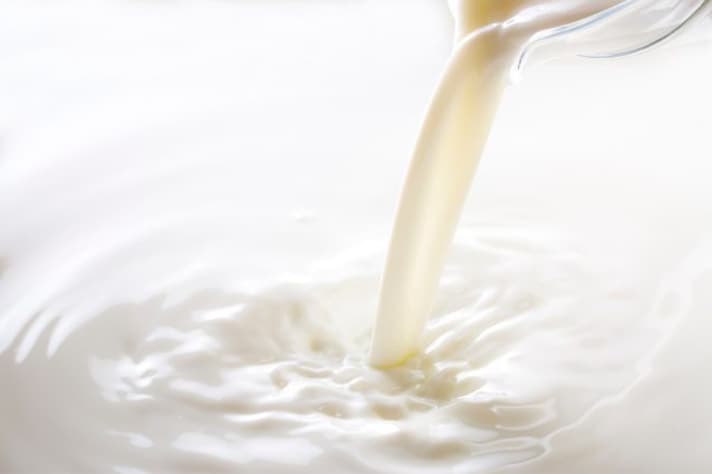
Some food trends are worth embracing—fermented foods, sourdough baking, maybe even air-fried Oreos. But raw, unpasteurized milk? That’s a hard no. While some swear by its “natural” qualities, claiming better taste and more nutrients, the reality is far less appetizing. Even if you heat it, bake it, or drown it in sugar and vanilla for a custard, unpasteurized milk is a risky ingredient that has no place in your cooking. Let’s break it down.
Bacteria: The Unwanted Guest at the Table
Unpasteurized milk is a bacterial breeding ground, and not the good kind that makes yogurt or sourdough bubbly. We’re talking about E. coli, Listeria, Salmonella, and Campylobacter—microorganisms that can cause serious foodborne illnesses. Pasteurization, the process of heating milk to a specific temperature to kill harmful bacteria, was developed for a reason: to make dairy products safe. Using raw milk means you’re essentially inviting these pathogens into your dish, and no, cooking won’t always save you.
Cooking Doesn’t Always Make It Safe
“But wait,” you say, “what if I heat the milk while cooking? Won’t that kill the bacteria?” Not necessarily. While boiling unpasteurized milk can reduce bacterial counts, it’s not foolproof. Some pathogens are heat-resistant, and certain toxins produced by bacteria can survive even after high temperatures. So, while your mac and cheese might be bubbling, that doesn’t mean all the danger has melted away.

It’s Not Just About You—It’s About Everyone at the Table
Maybe you’re willing to take the gamble, but what about your dinner guests, your kids, or anyone with a weaker immune system? Pregnant women, young children, the elderly, and those with compromised immune systems are especially vulnerable to foodborne illnesses. Even if you walk away from a raw-milk-infused béchamel unscathed, someone else might not be so lucky.
The “Better Taste” Argument? Not Worth the Risk
Some raw milk advocates claim it has a richer, more complex flavor than pasteurized milk. That may be true—but is a slightly creamier mouthfeel worth the potential for food poisoning? You can achieve deep, fresh dairy flavor with high-quality pasteurized milk from trusted local dairies, without playing a game of microbial roulette.

Even Cheesemakers Know Better
If raw milk were truly superior for cooking, you’d expect professional cheesemakers to shun pasteurization, right? Yet, many artisanal cheese producers either pasteurize their milk or follow strict aging rules to kill bacteria. Why? Because they know that properly treated milk makes for safer, more consistent results—something any home cook should care about too.
;Resize,width=767;)
